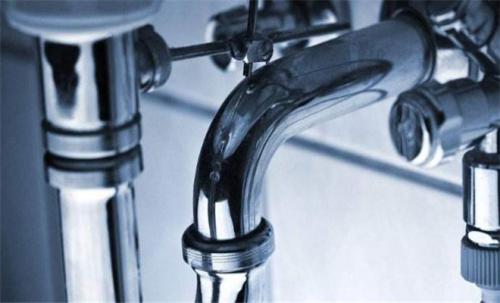What are the Uses of Shut-off Valve?

What are the Uses of Shut-off Valve?
1. The structure of the shut-off valve is simpler than that of the gate valve. It’s easy to manufacture and repair.
2. The sealing surface of the shut-off valve is not easy for wear and abrasion. The sealing performance is good. There is no relative sliding between the valve flap and the sealing surface of the valve body when sanitary shut-off valve is opened or closed so that neither the wear nor the abrasion is serious.
The sealing performance is good. The service life is long. The area of the sealing surface is small, and the structure is relatively simple. The required hours for manufacturing the sealing surface and the expensive materials required for the sealing ring are both less than those of the gate valve.
3. When the shut-off valve is opened or closed, the stroke of the valve flap is small, so the height of the shut-off valve is lower than that of the gate valve, but its structural length of it is longer than that of the gate valve.
4. The opening and closing torque of the shut-off valve is large, so it takes some effort to open and close the valve, and it takes some time to open and close the valve.
5. The fluid resistance of the shut-off valve is large, due to the fact that the medium channel inside the valve body is winding. The bigger the fluid resistance, the more the momentum is consumed.
6. Shut-off valve is not suitable for a medium that has particles, large viscosity, and is easy to coke.
7. The regulating performance of the shut-off valve is relatively poor.
8. When the nominal pressure PN is equal to or less than 16MPa, downstream is commonly used, with the medium moving upwards from below the valve flap. When the nominal pressure PN is equal to or larger than 20MPa, countercurrent is commonly used, with the medium moving downwards from above the valve flap to increase the sealing performance. When in use, the medium of the shut-off valve can only move in a single direction, the flow direction of it can’t be changed.
9. When the shut-off valve is fully open, the valve flap is often affected by erosion.
10. Shut-off valve uses screw thread to move the valve flap, so it is unlikely that the valve will suddenly open or close, which makes the “water hammer” phenomenon less likely to occur.
The shut-off valve is suitable for transmitting liquid and gas medium under various pressure and temperature conditions, but it is not suitable for transmitting liquid that contains solid precipitation or precipitation of liquid crystals.
The shut-off valve is well suited for shut-off, regulation, and throttling. And it can be used in most medium systems. various Shut-off valves have been researched and developed to meet the needs of petrochemical, power, metallurgy, urban construction, chemical, and other sectors.




